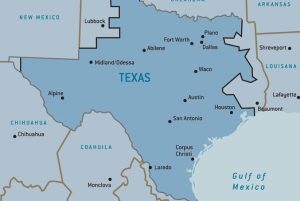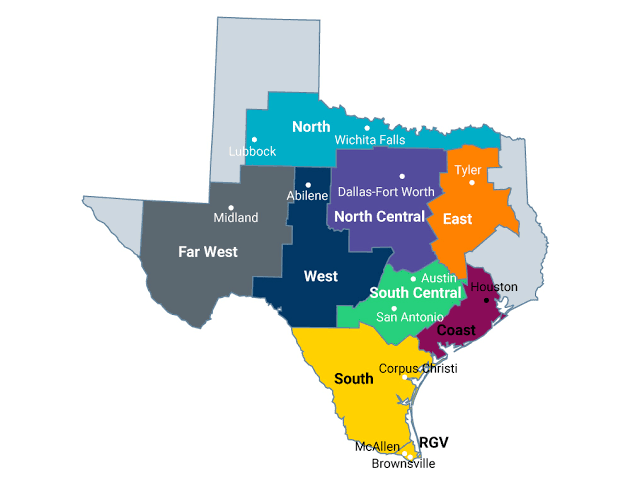Texas is the only state in the contiguous United States with its own power grid and there has always been questions about it. To embrace the go-it-alone spirit of the Lone Star flag, Texas power companies chose to keep their operations within the state’s borders. This was done largely to avoid federal regulation. The infrastructure and properties owned by these companies link to form the Texas power grid.
This is operated by a nonprofit corporation called the Electric Reliability Council of Texas. ERCOT is handled by the Public Utility Commission of Texas, the state’s utility regulator, and the Texas legislature. The administrative of the state’s status as a power island say its unique power market has been a lure to business, including the massive.
Talking about what excatly the power grid is, it is an interconnected system of power plants that produce electricity and the power lines that transport it across long distances. In the other 48 states of the country, there are three main grid systems: the Western Interconnection west of the Rocky Mountains, the Eastern Interconnection east of the Rockies and the Texas Interconnection run by ERCOT. This grid covers 75% of the land area of Texas and serves 90% of the state’s electricity needs, including all of Harris County. These are connected in the Western Interconnection, and portions of East Texas and the Panhandle region are in the Eastern Interconnection.

Before the 1930s electrification in Texas was similar to that of many other states; utilities merged with one another, creating large jurisdictions often with interstate connections. All of the calculus changed when Congress passed legislation in 1935 creating a federal agency that would regulate all interstate electricity transmission and wholesale power sales.
In 1979, Texas utility secretly sent electricity to an Oklahoma utility owned by the same parent company, breaking a deal between Texas power companies to everything in check. This lead to benefit the parent company’s own interests, sent other Texas utilities scrambling to disconnect from the Texas grid to avoid federal regulation. The event, known as the “Midnight Connection” kicked off a major legal battle that ultimately swung in favor of Texas grid isolation. In a compromise between parties, limited direct-current transmission ties between ERCOT and surrounding grids were protected from federal regulation. The vast majority of transmission lines are alternating-current. Most power plants.















Leave a Reply